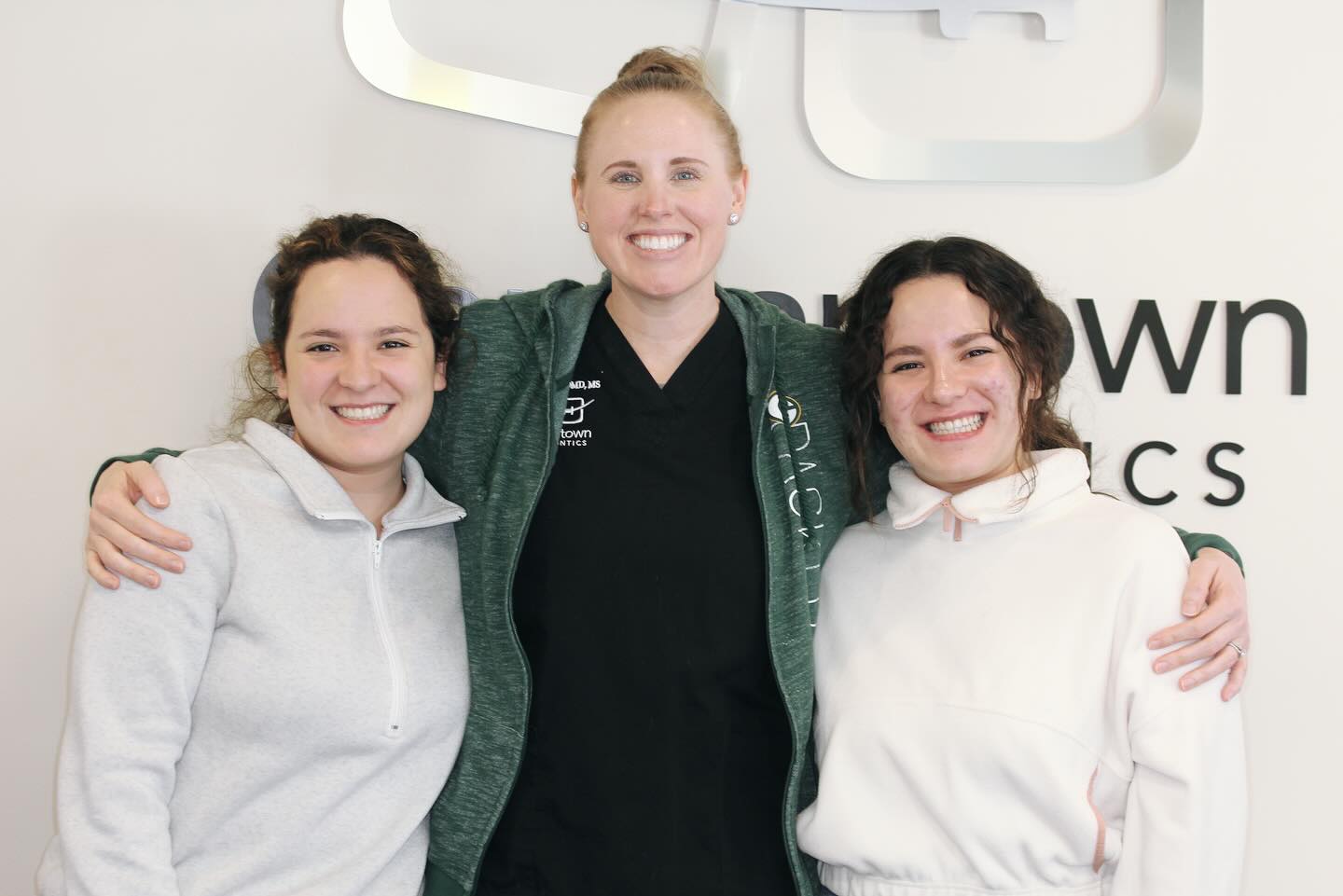Invisalign is a great option for those who don’t want to go with the traditional metal bracket and wire braces. Invisalign and Invisalign Teen is less painful and more convenient, making it easy to take out your treatment, in order to eat and brush your teeth, something that is absolutely impossible with traditional braces. It is still an orthodontic treatment, however, and to get the most out of your treatment, we have a couple tips and tricks in order to make sure Invisalign does what it is supposed to do and straighten your teeth as quickly as possible.
How to Get the Most of Your Invisalign Treatment
1. Floss every day.
You may already be brushing every day, but are you flossing every day? With Invisalign, this is more important than ever. The aligners hold any gunk that’s left over after your cleaning routine right up against your teeth and prevent the saliva from doing a lot of the work it does if you are not wearing an aligner. Be sure to thoroughly clean in between your teeth with floss every single day.
2. Stick to the 48-hour instruction.
For the first two days of each aligner tray, wear it as much as possible during the first forty-eight hours. Most orthodontists recommend only taking it out to brush your teeth, and then it should go right back in. Of course, you should always wear your aligners as much as possible, but this goes double for the first two days.
3. Commit to wearing them at least 22 hours every day.
Invisalign only works if you actually wear the trays for most of your day. If you are not willing to wear them at least twenty-two hours every single day, then you are less likely to get fast, positive results from Invisalign.
4. Change your aligners on time and in the right order.
You won’t make your treatment go faster if you put in different trays without being instructed to do so.
5. Know that it feels a little weird, but you will get used to it.
Most people say that they can feel the aligners, especially during the first couple of days, push against the teeth. This is not a painful sensation (the same cannot be said all the time of metal braces after an adjustment), but it is present. Those that wear their aligners all day, every day begin to notice the feeling less and less.
6. The speech “learning curve” is steep.
When you first put in your very first aligner, you will probably notice that you talk with a lisp. The best way to get rid of this is not to take out the tray, but to practice talking with the tray in. You’ll get used to it very quickly.
7. Most people will not notice your aligners.
One of the biggest complaints that those who use Invisalign have is that they feel like everyone will notice they are wearing the trays. It’s just not true, and considering the alternative (metal braces), these aligners are far less visible.
8. Know how to care for your aligners.
The best way to clean your Invisalign trays is with warm water and antibacterial soap. Invisalign also puts out their own products for cleaning their trays, but soap and water usually does perfectly fine. It is not advised to use toothpaste to clean your trays, as this will scratch the plastic and create places for bacteria to live.
9. Stick to the dietary instructions laid out by Dr. Kopicki.
First of all, drink a lot of water. As with traditional braces, your mouth is going to sense that something is different. Some people produce a lot of extra saliva (the mouth is trying to clean out the weird obstruction it is feeling), and become quickly dehydrated. Like any orthodontic treatment, Dr. Kopicki will walk you through what you can and should not eat with the aligners in—follow these rules for the fastest treatment.
10. Keep your mouth extra clean.
Again, the aligners, if your teeth and the trays themselves are not super clean, can actually hold plaque and bacteria against your teeth. Make sure your brushing and flossing routine are up to snuff to make sure that you don’t have tooth decay or cavities during your treatment.
11. Use your retainer properly.
Use your retainer as instructed by Dr. Kopicki. Some patients, after treatment is done, do not wear their retainer at all, which means they could lose some of their progress. Often times, you are supposed to wear it all day for a few months and then wear it at night once instructed to by the orthodontist. Don’t miss your follow-up appointments and follow Dr. Kopicki’s post-care instructions.
Source: OrthodonticsLimited.com
 (262) 255-4922
Free Consult
(262) 255-4922
Free Consult

